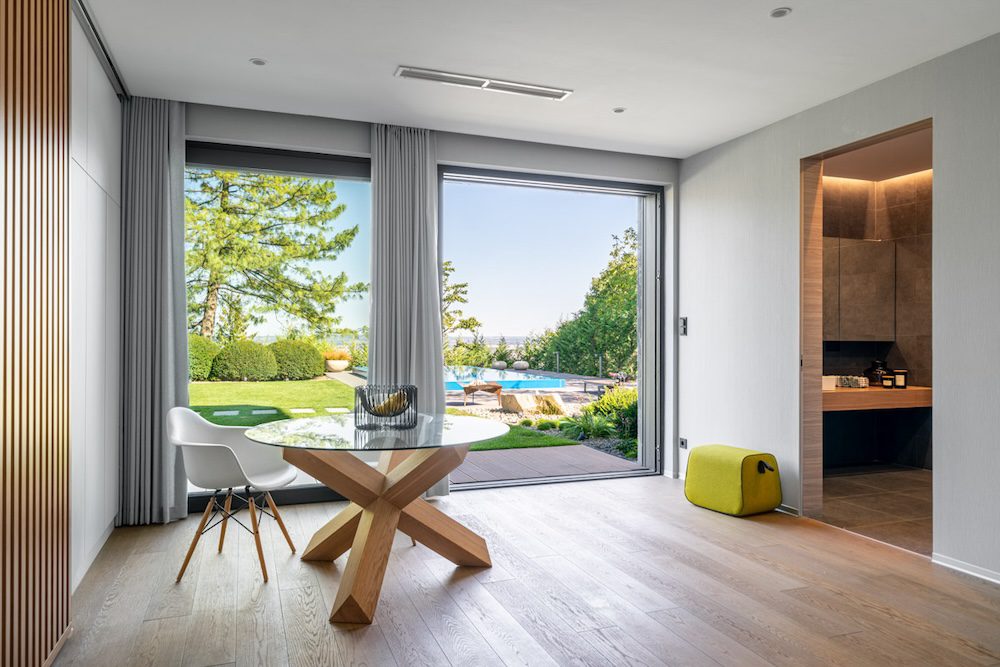Custom windows and doors beyond the standards

Just as in many areas of the world, ‘unique’ and ‘self-expression’ are the strongest buzzwords; so change the needs of architects and developers. However, most door and window manufacturers are finding it difficult to go beyond the standard items, although this area also offers many innovations in the field of architecture when it comes to sincerely rethinking structures.
In the door and window market, it is now clear that door and window technology and sales needs have changed and split into two branches. One branch is moving towards standardisation i.e. uniformity, which is the main server of quantitative production. The other is the fulfilment of unique needs aimed at granting a unique style and atmosphere to the designed buildings. The strengthening of the latter trend is well illustrated by the fact that this line is not only found in residential building models but also in communal buildings. “Today, there is a growing demand for customised system designs in Hungary as well, and we experience this trend even more abroad. At KAV, we have always focused on individual needs and the creation of special products. That is why we have started developing product lines that specifically address these issues with a niche look and unique moving solutions,” says Károly Lovász, Managing Director of KAV.
There is hence an increasing trend in architecture, wherein architects want to map more underlying content to an almost average building. As such, a higher degree of freedom, art, also enters the design process. In this way, it is a good solution if doors, hitherto used mainly as a structural element – aluminium windows, frameless sliding doors, aluminium entrance doors, etc. – are also able to convey a message. “This added value, the artistic element that enriches the structure of windows and doors, can take many forms: natural or artificial light play, playing with raw materials and material qualities, and new, innovative structures and solutions. We find that demanding greater freedom from customers is very difficult for large international system vendors to achieve because of unified, yet streamlined, claim points. We have been trying to design hybrid solutions for a long time, but now we are developing solution methodologies that provide real answers to these needs, in addition to or instead of existing structures. Therefore, many times we have to go beyond the boundaries we have associated so far with windows and doors,” says Csaba Mravik, chief development engineer at the company. These solutions take a new approach to the issue of unique doors and windows by creating new profiles from an existing profile culture but giving the facade freedom through light play, the use of new surfaces and materials, and much freer movement mechanisms.
“After designing a standard product in a unique structure, though it may have a larger glass size, the customer will experience the same constraints. Likewise, you can move a sliding door in only one direction and in a certain order, which can only overlap to another wing. With our new patents and designs, we are able to design and deliver glass surfaces to buildings that allow the facade and its components to be continuously renewed,” said Károly Lovász. With this, the company is creating a new trend in the world of light-transmitting door frames and frame systems. “This is a completely different way of thinking; so far in the development process, we have tried to be transparent by eliminating frames or minimizing them with thinner frames. In contrast to this, we would like to sincerely approach the doors and windows, that is, the constituent structures appear, often revealing the operating mechanisms. For example, we make it visible how a door works in reality, so that the look becomes honest from the point of view of the architects and the customers as well,” adds Csaba Mravik. Based on individual needs, these enhancements will be made available to customers looking for a special look. It may soon become a reality that our windows or doors can be a way of expressing ourselves.
MoreNews





























